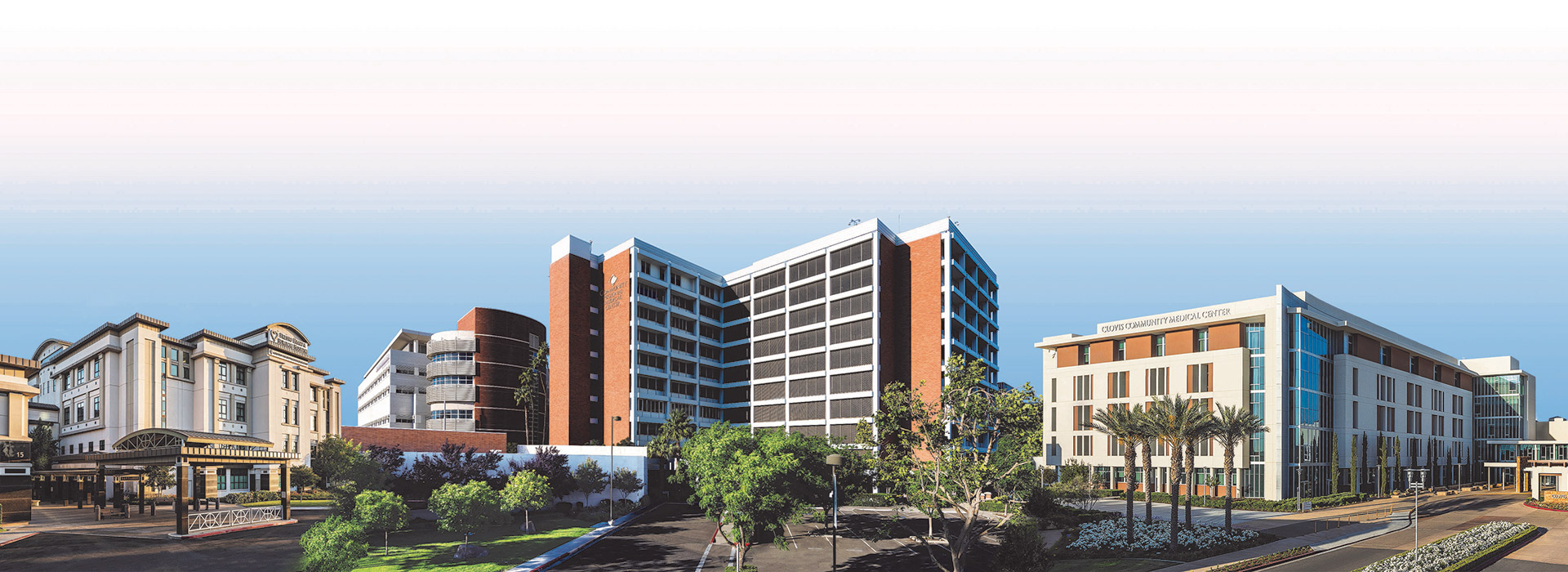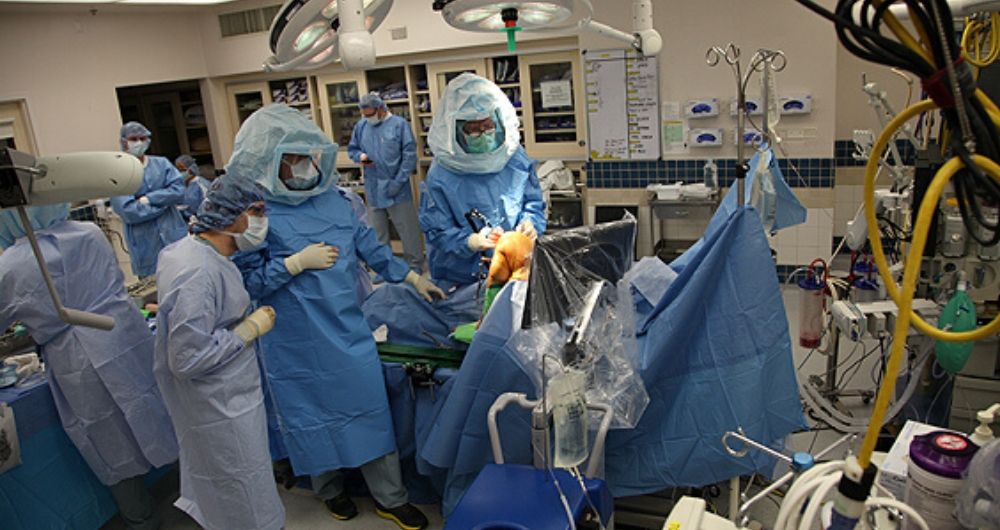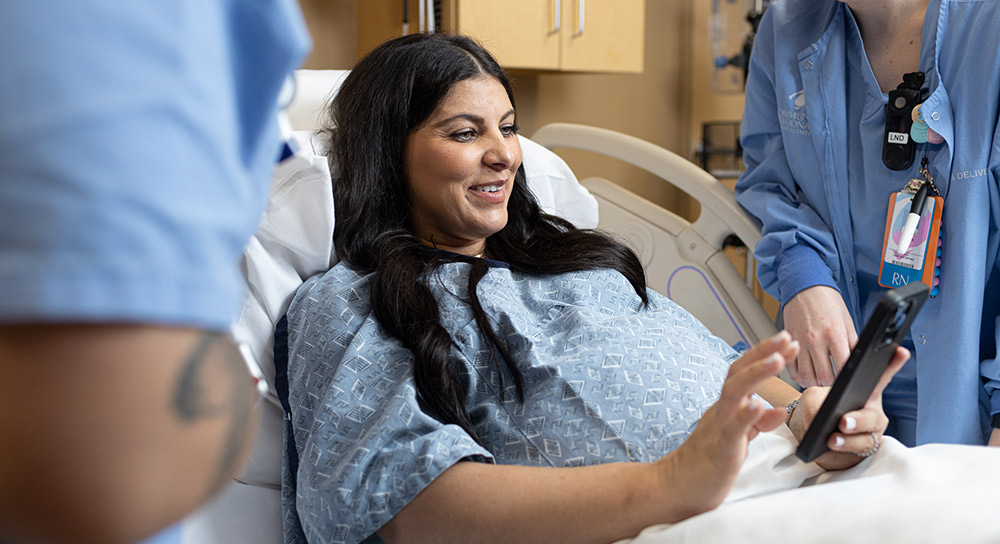A retired school librarian made history with her knee on Feb. 11, by undergoing the first partial knee replacement in the U.S. with NavioPFS™ orthopedic surgical technology.
Dr. Kevin Lester, an orthopedic surgeon at Community Regional Medical Center in Fresno, took about 10 minutes to meticulously carve away just the end portion of one side of the femur and the top part of the tibia following a perfectly mapped out three-dimensional computer diagram of the woman’s knee. Each time he came close to straying outside the surgical map, his hand-held drill retracted, keeping the carving within 1 millimeter of his plan.
Dr. Lester was jubilant as he took two taps to precisely place a prosthesis into the inside portion of his patient’s left knee, “Oh man – perfect! That’s a perfect line!” Then he tested his work, flexing his patient’s knee and then rotating the leg in her hip socket as the NavioPFS™ computer verified the joint movement was matching pre-surgery movement. He grinned and declared, “Ah it is a beautiful thing.”
Unlike other robotic surgery technology, the Navio PFS™ system puts the drill in the surgeon’s hands and assists by providing computer-defined boundaries to follow. The new technology allows patients to skip the pre-surgery CT scan, since it uses motion sensors placed around and on the knee during surgery to capture movement and the bone.
Structure and then feed it to a nearby computer for mapping. Planning software helps surgeons size and align the knee implant and also tailor each surgery to a patient’s unique anatomy and movement patterns.
It makes partial knee surgery, which was once an imprecise undertaking, dependent on a surgeon’s eye and expertise alone, a practical solution. Partial knee replacement benefits patients with osteoarthritis by preserving ligaments and saving healthy cartilage and bone – all of which are sacrificed in full knee replacement, said Dr. Lester. Recovery time is faster and incisions can be smaller with this kind of surgery, he added.
Community Regional is the first hospital in America with the equipment and FDA approval to do partial knee surgeries with the technology that was first tested in Europe, said Adam Simone, a representative from Blue Belt Technologies which makes the NavioPFS™.
Dr. Lester’s first patient, Maria Leticia Duarte Cordoba seemed unfazed by her part as a surgical pioneer. The 57-year-old grandmother from Fowler said she was eager to get back to her old active life. “I’m excited to be the first. I just want this pain to go away,” she said shortly before her surgery Monday. “I expect to be walking out of here in a few hours.”
Cordoba said her knee deteriorated last year during the four months she spent with her daughter in the neonatal intensive care unit watching her tiny granddaughter struggle to live. “She was born 1 pound, 5 ounces. I was just sitting there, rocking the baby and praying with my daughter. Once she left the hospital, I couldn’t walk,” she described. “It just hurt, hurt, hurt….Before that, I used to get on the treadmill every day or walk about two hours. But I’ve gained weight because it’s just been too painful to walk.”
Most people with similar arthritic pain wait until they need a full knee replacement, but Cordoba said she couldn’t wait to run after her three grandchildren again. Partial knee replacement provides better surgical outcomes for patients with cartilage damage only on a portion of the knee and the procedure allows for full knee replacement if it should be needed in the future. The NavioPFS™ technology gives surgeons millimeter-level accuracy to ensure a perfect fit between the synthetic joint and natural tissue, giving patients a more natural feel after surgery.
Dr. Lester said the assistance and precision of the NavioPFS™ means patients don’t have to live with pain. “I anticipate in the near future when this technology is widespread, patients with just three parts of their knee deteriorated will have three parts replaced and those with two parts that have arthritis will just have two parts replaced.”
Within two hours of her surgery, Cordoba was up and walking a
nd the next day she left the hospital with minimal pain. She was excited to get back to her old active life.
To learn more about NavioPFS™ click http://www.communitymedical.org/navio.
Erin Kennedy reported this story. She can be reached at MedWatchToday@CommunityMedical.org.





.jpg)
.jpg)